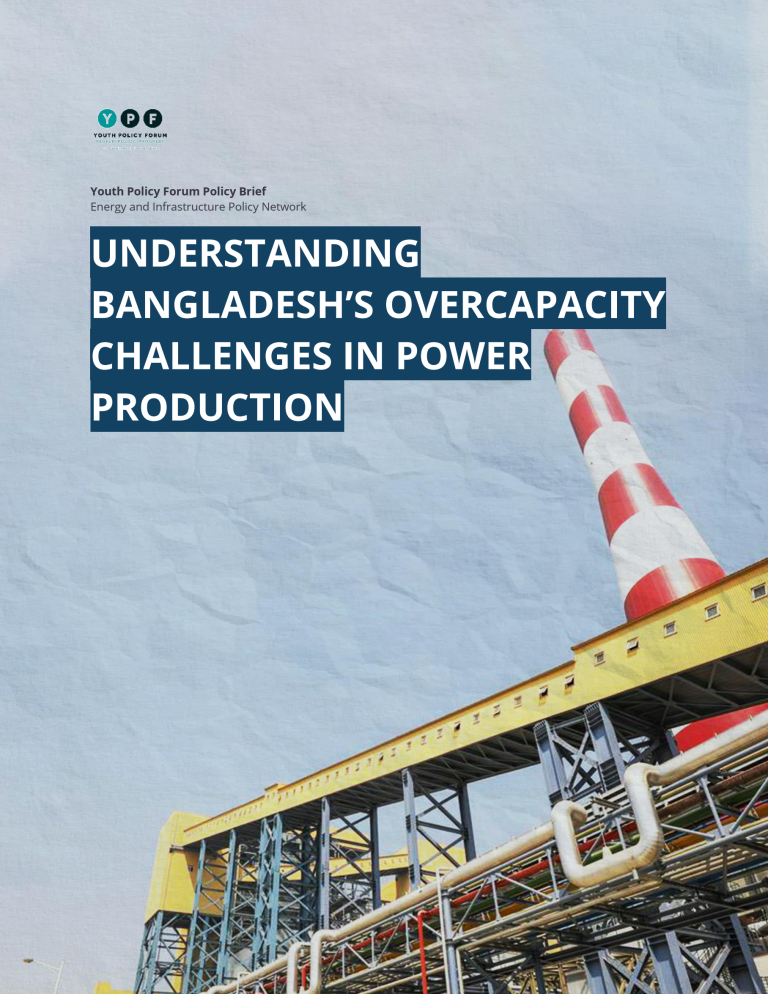Bangladesh’s power sector has crossed commendable milestones recently. According to the government’s estimate, all of Bangladesh’s households have access to electricity, and the country’s power generation capacity is higher than the peak demand, technically obliterating the main reason for frequent power cuts.
However, the achievements came at the cost of an overcapacity issue. Bangladesh’s average power utilisation was 40% in 2021 and it was predicted to remain the same by 2025. According to IEEFA’s estimation, in a worst-case scenario, this could further drop to 34% by 2025.
The policy brief analyzes Bangladesh’s power production overcapacity, attributing it to ambitious growth projections and improved energy efficiency.
Recommendations include revising power purchase agreements towards renewable energy, implementing early phase-out strategies for fossil fuel plants, not renewing agreements for plants due to retire by 2030, promoting rooftop solar PV through Feed-in tariffs, and increasing energy efficiency awareness.
About the Author: Aaqib Md Shatil is the Co-Lead of Energy and Infrastructure Policy Network at Youth Policy Forum. He has an MSc in Sustainable Development from the University of Sussex.
